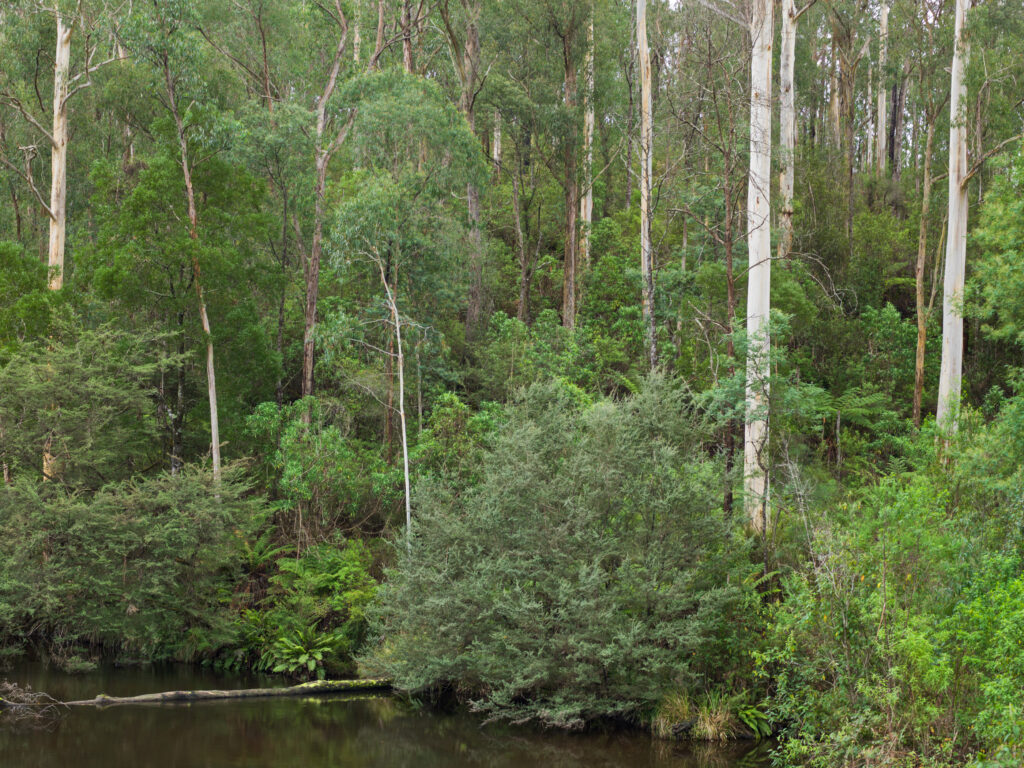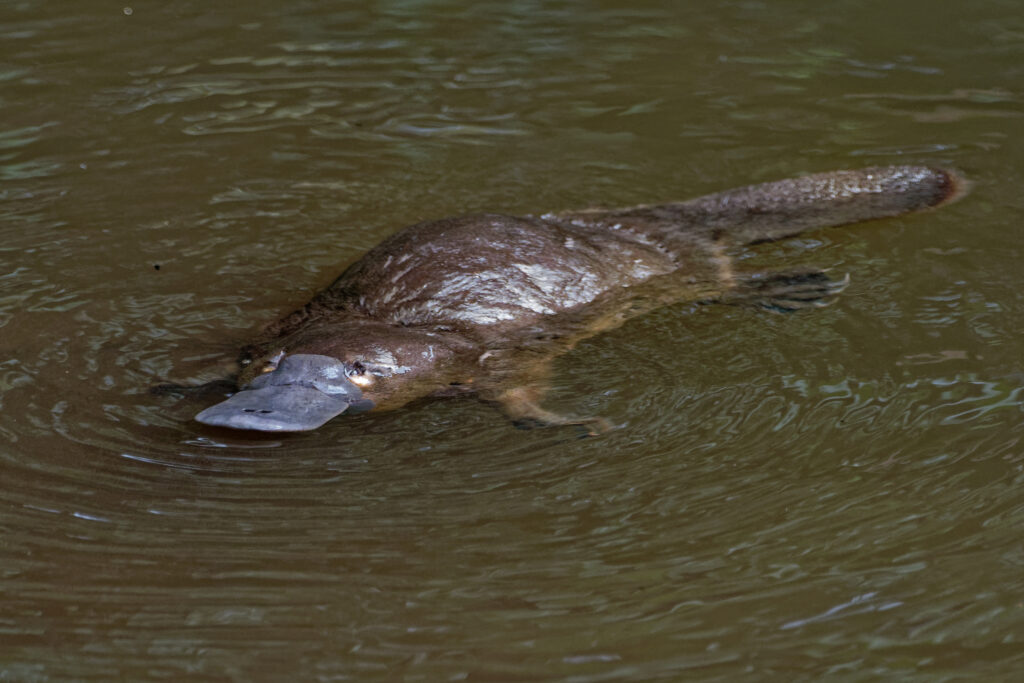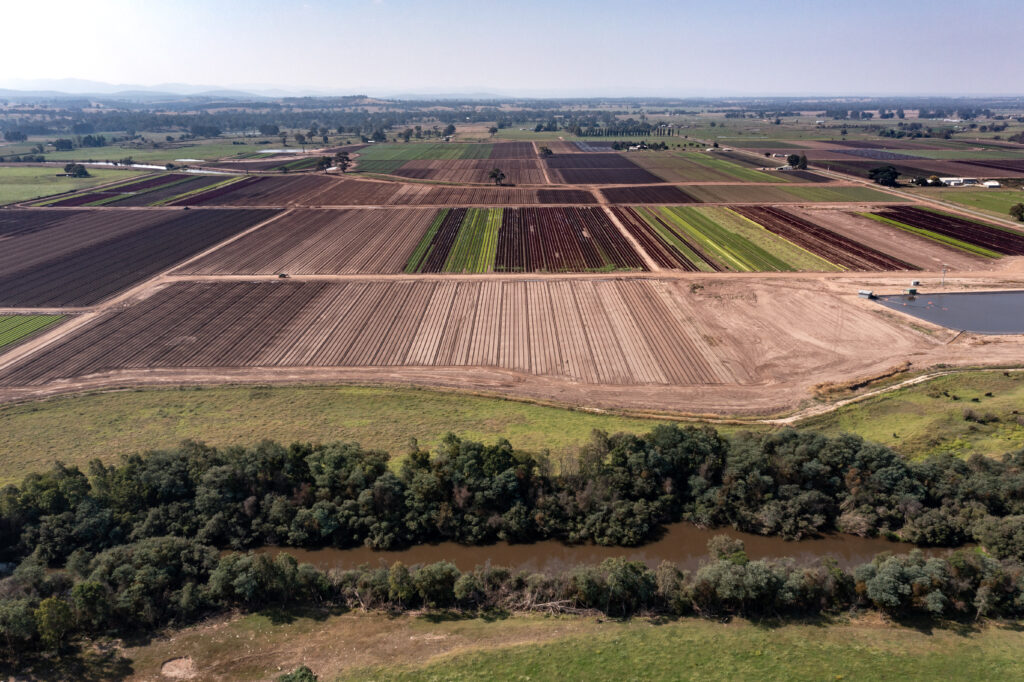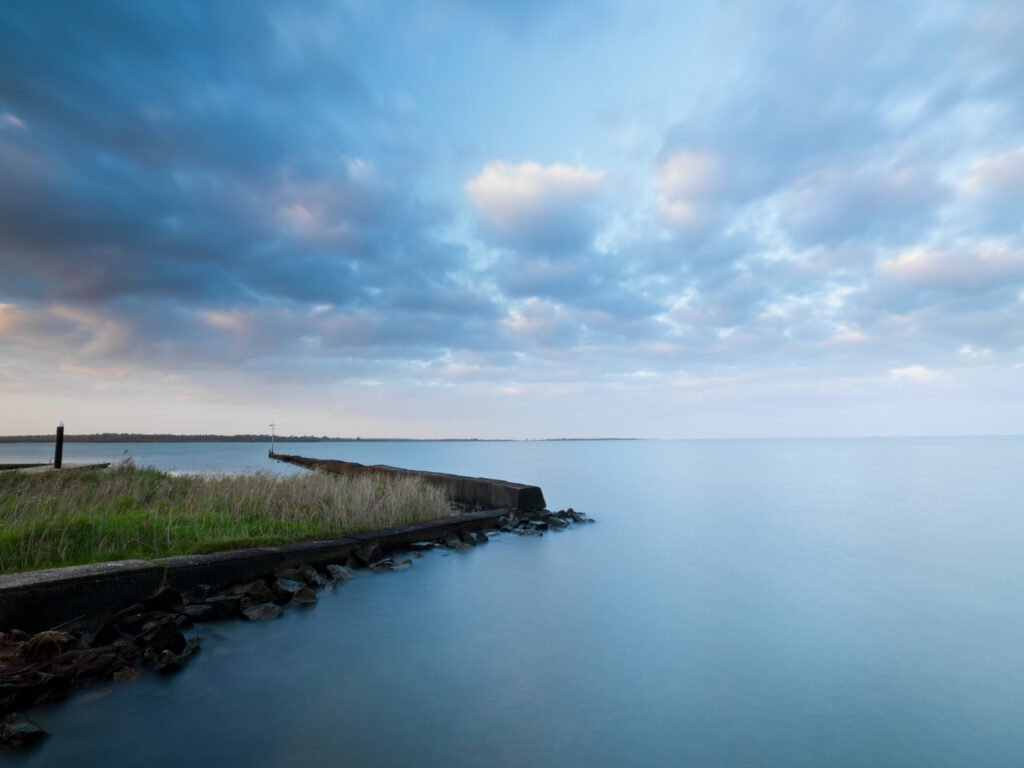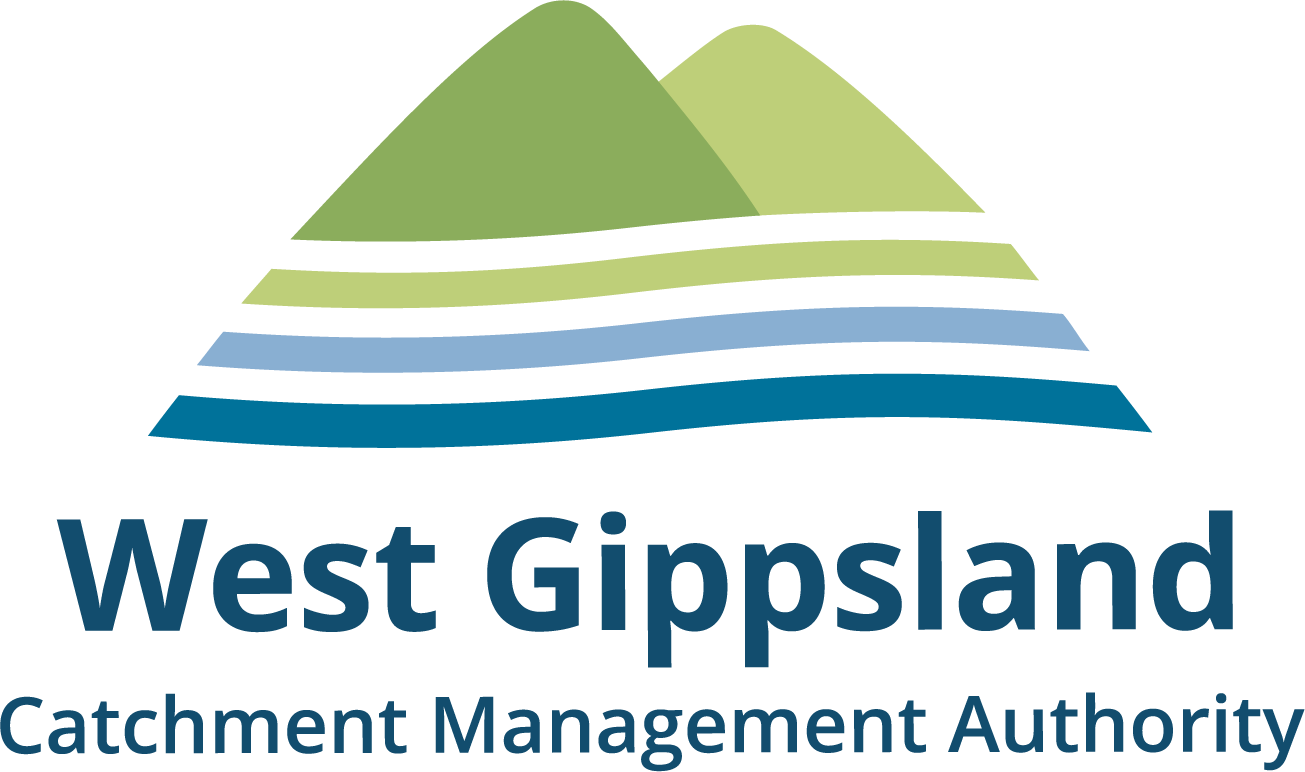Reallocated water to flow across Gippsland
More water is set to flow in West Gippsland’s rivers with Minister for Water Gayle Tierney announcing an allocation of 16 gigalitres of water for the environment, Traditional Owners and farming.
This water (that’s 16 billion litres or 6,400 Olympic-sized pools was previously set aside for power generation, but is currently unused and has now been reallocated to be equally shared between Traditional Owners, the environment and agriculture.
“I’m so pleased to announce this reallocation of water which is a win-win-win for Gippsland. This change ensures more water supply within Gippsland to support the environment, farming, and Traditional Owners,” said Minister for Water Gayle Tierney.
Additional water for environment flows will improve the health of Durt’Yowan (Latrobe River) as well as the Gippsland Lakes system downstream.
“This allocation of water for the environment will play an important role in improving the health of one of Gippsland’s iconic rivers with additional benefits for communities and the Gippsland Lakes,” said West Gippsland CMA Board Chair Mikaela Power.
Gunaikurnai Land and Waters Aboriginal Corporation (GLaWAC) will have access to additional water for self-determined cultural uses.
“Water is more than a resource; it’s a pathway to healing and a stronger future for our people. This allocation recognises the Gunaikurnai People’s enduring connection to Country, and our right to lead how water is respectfully managed and shared,” said GLaWAC Chair, Troy McDonald.
Southern Rural Water will make additional water available to farmers.
Southern Rural Water Managing Director Cameron FitzGerald said the organisation would effectively consult with its customers from June.
“Our focus is to ensure that all farmers will have fair access to this water,” Mr FitzGerald said. “We will be consulting over the coming months to ensure that the water can be provided in a way that meets their aspirations to ensure a thriving agriculture sector.”
“Having more water available for farming benefits everyone, from irrigators looking to improve their water security or expand their operations to farmers looking to set up in the region,” said irrigator Angus Zilm.
This water allocation, known as the Latrobe 3-4 Bench Bulk Water Entitlement, was originally allocated back in 1996 for coal fired power generation.
The decision to reallocate 16 of the total 25 gigalitre water entitlement was made through the Central and Gippsland Region Sustainable Water Strategy. The remaining nine gigalitres will be retained by government to provide continued flexibility to respond to emerging needs in Gippsland.
West Gippsland CMA is working with Traditional Owners, government, community groups and partner organisations to continue the long process of restoring Durt’Yowan (Latrobe River) from a working river to a river that works again. Read more and keep up to date.
West Gippsland CMA is responsible for over 40,000 kilometres of designated waterways across the region and delivers programs for healthy and resilient catchments. All these waterways flow to the Victorian coast, discharging through the Gippsland Lakes, or directly into Bass Strait and the Southern Ocean.
Become a river lover
Find out more about the work we do and sign up to our e-news for updates.
